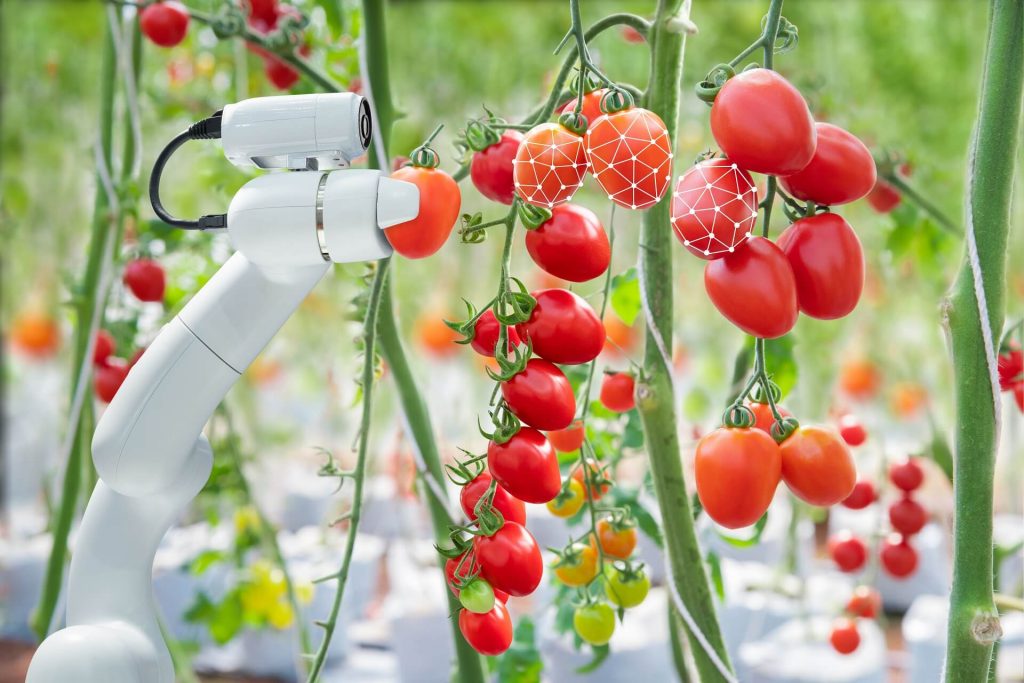
Combining hydroponic, aeroponic, and/or aquaponic technology with a precision climate-controlled system, a container farm can operate in virtually any location around the world; from the densest of cities to the remote, harsh environments of food deserts. In fact, for farm operators, the greatest attraction to container farming lies in the avoidance of traditional risks, such as weather, pests, and disease. This element of protection enables growers to diversify crop offerings – including hundreds of lettuces, leafy greens, root vegetables, herbs, and flowers, and provide customers with locally-grown produce, year-round.
A shipping container can be placed anywhere there is flat, stable ground, with access to 200 amp electrical service and a dependable water source. This makes it an excellent way to provide nutritious food to underdeveloped Arctic, desert, or urban environments, year-round. The year-round availability of locally grown-produce extends market reach for both growers and food suppliers, ensuring a consistent supply of quality food.
Are you ready to start planning and building your custom container farm? Select the GET STARTED button below to begin putting your plans into action!
Maximizing production through vertical farming methods, one container farm can grow up to 400 pounds of produce each month.
More Reasons to Choose a Container Farm
Container farms have been described as “the perfect platform for making access to local food possible anywhere in the world, 365 days a year.” These are three of the reasons why a container farm is regarded by some to be the “perfect platform” for indoor farming:
- Modularity: Capitalizing on global transportation standards, shipping containers have presented themselves as the ideal mobile farm. Container farms can be moved and stacked together to accommodate farm growth and expansion.
- Size: Large enough to support the agriculture needs of hundreds of people, shipping containers are an ideal size for indoor farming applications. Their spacious interior offers a central walking path with growing areas at arm’s length on each side. Container farms are tall enough to support vertical farming on multiple levels.
- Commoditization: Used containers are plentiful, and new containers are being mass-produced and have pricing that is predictable. Also, many of the components of a container farm can be repurposed from other industries, making them readily available and easy to acquire.
Container Farming Grow Systems
To grow bountiful crops in a container farm, it is necessary to combine hydroponic, aeroponic, and/or aquaponic technology with precision climate control. These are the most common growing system used in container farms:
- Hydroponics: Growing plants without soil, either by having the roots directly suspended in nutrient-filled water or having the roots support in an inert medium like gravel
- Aeroponics: Similar to hydroponics, but the plant’s roots are suspended in air and regularly sprayed with a fine mist of nutrient-filled water.
- Aquaponics: A combination of hydroponics and aquaculture that involves aquatic animals, bacteria, and plants in a symbiotic mini-ecosystem. A common application is fish that are fed outside food, and whose excretions (with the help of bacteria) are converted into plant nutrients that are delivered through hydroponic methods.
- Aquaculture: The farming of aquatic plants and animals like algae and fish under controlled conditions, as opposed to something like commercial fishing which takes place in open-water.
With an insulated shipping container, an effective grow system (like one of those listed above) and the controlled-environment technology built into the farm, operators can grow warm-weather plants year-round in all climate conditions. Select the GET STARTED button below to learn more about planning and building your container farm. You have tough questions; we have simple answers.
Container Farming Cost
In container farming there are typically two categories of expenses: capital expenses and operational expenses.
Capital Expenses
Container farms typically have the lowest upfront capital expenditures of any type of indoor farming endeavour. In most instances, these startup costs are related to acquiring the container farm, as well as the associated hardware, software, and equipment that is needed to operate it.
For most pre-made 40-foot commercial container farms, the price tag begins at approximately $50,000 and can exceed $100,000. Generally speaking these capital expenses costs are made once every 20 to 30 years.
Operational Expenses
Operational expenses are the costs associated with operating a container farm. The most costly of the operational expenses are energy and approximately 20 hours of labor each week. Other common expenditures include seed, fertilizer, water, packaging, and advertising.
Designed to Overcome Obstacles
Container farms work well in both an urban and a rural setting, and can operate as a stand-alone business, or an add-on to an existing farm, restaurant, or assisted-living facility. Breaking through the boundaries of food production, shipping container farms are designed to overcome many of the obstacles that traditional farmers face, such as extreme weather, pests and limited growing seasons. By overcoming these challenges, container farming operations are able to produce more food and grow specific crops in regions that otherwise would have had to import them. As a result of having a consistent yearly supply, operators can negotiate higher prices when selling out of season.
Would you like to own a complete, turn-key container farming system? Ask us about our fully-assembled solutions. Start growing as soon as your container farm is delivered!
